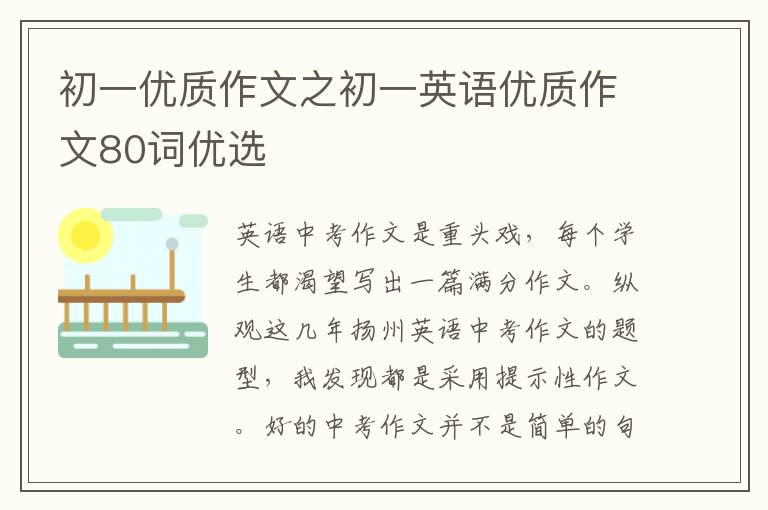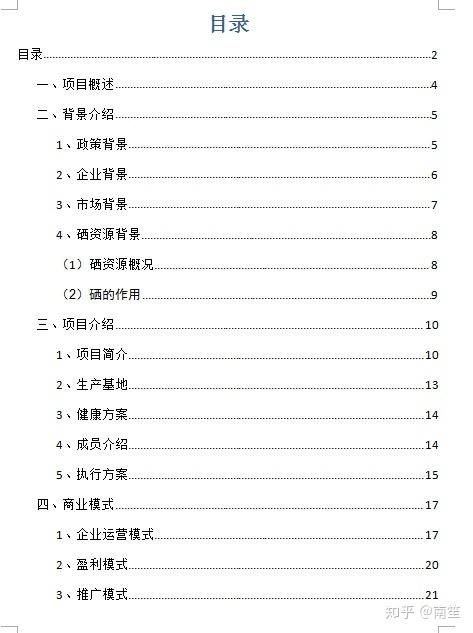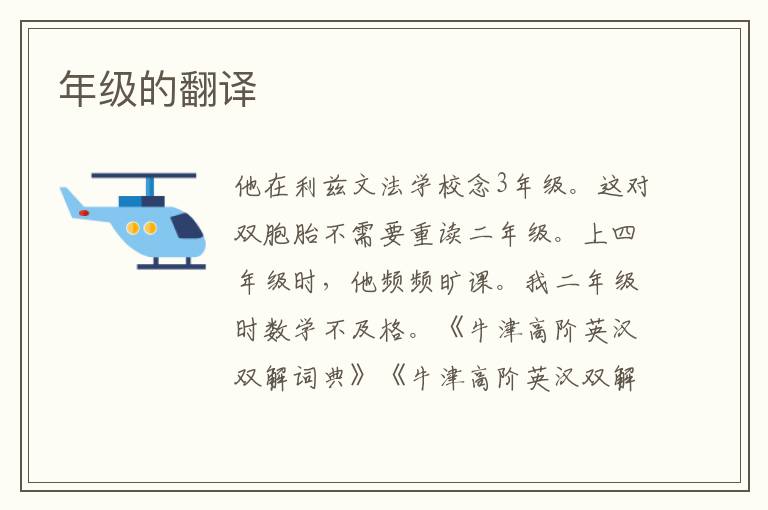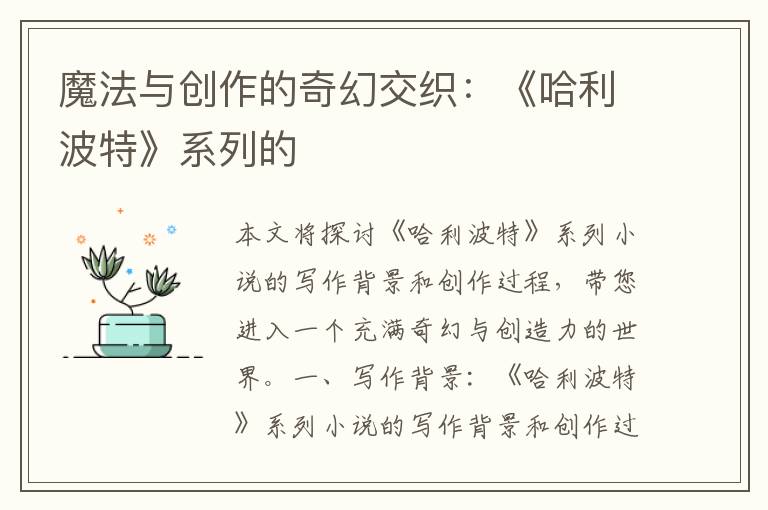英語四級閱讀理解考前練習(1)

Immigrants All
A visitor to Liberty Island in New York Harbor would see one of the most important national monuments in the United States. Rising three hundred five feet above the island stands the Statue of Liberty, which since its formal unveiling on October 28, 1886, has served constantly to remind Americans of the long-lasting friendship that has existed between the United States and France. As immigrants to the United States pass the statue with its enormous torch pointing skyward, they may notice the broken chain at the statues feet, symbolizing the people of a nation bursting the bonds in their mighty struggle for a free form of government and the ensuing liberties.
To the forty-one million immigrants who have arrived upon our shores during the past one hundred forty years, these lines indicated that the poor, hungry, and persecuted could find freedom and opportunity in the New World. They arrived in such large numbers that by the end of the nineteenth century some Americans had doubts concerning the policy of admitting unlimited numbers of immigrants. By 1921, this viewpoint was widely accepted. During the 1930s we discovered that emigration from this nation was at times larger than immigration to this nation. The history of these significant developments divides itself into the three clearly defined periods. Period of Early Immigration
The period from 1790 to 1861 is considered as the period of early immigration. In 1790, one year after the new government was organized, the population of the United States was approximately 4,000,000. Of that number more than seventy-five per cent were descendants of immigrants who had sailed westward from England and northern Ireland. By 1810 there were probably 5,000 to 6,000 immigrants per year. At about 1820 the rate began to increase. By 1840 the new arrivals numbered more than 80,000 yearly. The number continued to increase until, in 1854, it reached a total of 428,000. Although many of these continued to come from Great Britain, the largest numbers were of German and Irish origin. A trickle was now apparent from Italy, Austria-Hungary , and the nations of Scandinavia.
The Period of the Later Immigration
The years intervening between 1861 and 1917 marked the period of later immigration. During the early part of this period there was need for more man?power to do work and to provide troops for the armed forces during the War Between the States. The need for workers for industry and laborers for railroad construction encouraged President Lincoln to ask Congress to pass favorable legislation for immigrants. Employers of unskilled laborers rushed to support the recommendation. The American Emigrant Company was organized to secure immigrants by advancing their transportation expenses and recovering the loan from the wages earned during the first year of employment. The government capitalized on the influx of immigrants by building stands in the fields next to the harbor of New York City and offering sums of money to the newcomers if they would join the army. In the post-war period immigrants eagerly sailed for America as the golden land of opportunity where the streets were paved with bricks of gold. The rapid growth of industry and reports of our prosperity continued to call thousands of immigrants to our land long after the war needs were over. These inducements and descriptions of America motivated immigrants to sail for the United States in large numbers during this entire period. So many came that the American people became concerned about the open-door policy. In 1882 the first restrictive law was passed. This law forbade acceptance of people who were lunatics, idiots, immoral persons, paupers, and persons likely to become public charges. In 1885 the Alien Contract Labor Law was passed, prohibiting American employers from importing laborers from Europe under contract.
編輯推薦:
Period of Severe Restrictions
During the period of 1917 to the present time immigration has.been severely restricted. As immigrants continued to flow into the country, more and more concern was felt about admitting such large numbers. As a result more laws were passed restricting the number of immigrants who might come to our shores. In 1917 an act was passed requiring a literacy test for all immigrants over 16 years of age. In 1918 an act was passed which excluded anarchists and others who advocated the overthrow of the government by violence. These acts and the ones previously passed excluded only about 1. 4 per cent of the total number of immigrants who wanted to come to the United States, so the number of immigrants arriving here was not greatly reduced.
The first drastic measure taken to reduce immigration was the quota law passed in 1921. This law limited the number of immigrants from any one country to 3 per cent of the nationality of that country which was in the United States in 1910. The law of 1924 reduced the quotas to 2 per cent based on the 1890 census. As a result, in 1925 only 294,000 immigrants were admitted. Later amendments were made to the law of 1924 in 1929. These amendments stated that the total annual quota could not exceed 150,000.
The 150,000 to be admitted from all nations under the 1929 amendment were to be apportioned in terms of the number of people of a given nations origin living in the United States in 1920 and the total population in the same year. This meant that a national origin which represented 10 per cent of the total population in 1920 would have a quota of 15,000 from the foreign country which sent the respective immigrants. This law, in addition to still further restricting immigration, assigned 83 per cent of the total to nations of western and northern Europe and the remainder to southern and eastern European nations. During the following ten years only 528,431 people sought a new home in our United States. This was fewer than arrived in the decade of the 1830s, a century earlier. This effect may be attributed to the restrictive legislation combined with the consequences of the economic depression of the 1930s. It is important to note that during this ten-year span of 1931 to 1940, 459,738 emigrated from our country back to the countries of their origin, in most instances. The war years of the 1940s and the continuation of the 1929 legislation kept immigration at an average of 100,000 per year in the decade of 1941-1950.
On June 27, 1952, the Immigration and Nationality Act became the law of the land. It discontinued racial bars on immigration but did not give up the quota system based on national origins. Asiatic nations were permitted an annual quota based upon a formula like the one given to European nations. Under this act, immigration was restricted to a maximum of 154,657 with most of the migrants to come from northern and western Europe. One year later, in 1953, permission was granted to allow 214,000 refugees to enter the United States during the following three years. This was in addition to the numbers permitted under the law of 1952. Since then, the immigration law has been further liberalized.
If a public opinion poll were taken in the United States today, it would most probably show that a majority of Americans favor restricting immigration. The overwhelming majority, however, favor legislation to permit the admission of immigrants who can contribute to the development and progress of the nation.
1. In 1780, 3,000,000 Americans were descended from immigrants of England and northern Ireland.
2. The new government of the United States was founded in 1789.
3. The 1929 amendment merely served to restrict immigration to the U. S. .
4. The years from 1861 to 1917 witnessed a need for immigrants as workers in industry and laborers from railroad construction.
5. The restriction of immigration to the U. S. was one of the factors leading to the economic depression of the 1930s.
6. The depression of the 1930s was dealt with by permitting immigrants who could contribute to the development and progress of the nation.
7. In 1929, only a little more than 150,000 foreigners migrated to the U. S. .
8. Between 1931 and 1940 only______people emigrated to the U. S. .
9. Since 1953 the immigration law has become increasingly
10. In the 1880s Americans were concerned that immigrants were likely to become
答案:1. Y 2. Y 3. N 4. Y 5. N 6. NG 7. N 8. 528,431 9. liberalized 10. public charges
Immigrants All
A visitor to Liberty Island in New York Harbor would see one of the most important national monuments in the United States. Rising three hundred five feet above the island stands the Statue of Liberty, which since its formal unveiling on October 28, 1886, has served constantly to remind Americans of the long-lasting friendship that has existed between the United States and France. As immigrants to the United States pass the statue with its enormous torch pointing skyward, they may notice the broken chain at the statues feet, symbolizing the people of a nation bursting the bonds in their mighty struggle for a free form of government and the ensuing liberties.
To the forty-one million immigrants who have arrived upon our shores during the past one hundred forty years, these lines indicated that the poor, hungry, and persecuted could find freedom and opportunity in the New World. They arrived in such large numbers that by the end of the nineteenth century some Americans had doubts concerning the policy of admitting unlimited numbers of immigrants. By 1921, this viewpoint was widely accepted. During the 1930s we discovered that emigration from this nation was at times larger than immigration to this nation. The history of these significant developments divides itself into the three clearly defined periods. Period of Early Immigration
The period from 1790 to 1861 is considered as the period of early immigration. In 1790, one year after the new government was organized, the population of the United States was approximately 4,000,000. Of that number more than seventy-five per cent were descendants of immigrants who had sailed westward from England and northern Ireland. By 1810 there were probably 5,000 to 6,000 immigrants per year. At about 1820 the rate began to increase. By 1840 the new arrivals numbered more than 80,000 yearly. The number continued to increase until, in 1854, it reached a total of 428,000. Although many of these continued to come from Great Britain, the largest numbers were of German and Irish origin. A trickle was now apparent from Italy, Austria-Hungary , and the nations of Scandinavia.
The Period of the Later Immigration
The years intervening between 1861 and 1917 marked the period of later immigration. During the early part of this period there was need for more man?power to do work and to provide troops for the armed forces during the War Between the States. The need for workers for industry and laborers for railroad construction encouraged President Lincoln to ask Congress to pass favorable legislation for immigrants. Employers of unskilled laborers rushed to support the recommendation. The American Emigrant Company was organized to secure immigrants by advancing their transportation expenses and recovering the loan from the wages earned during the first year of employment. The government capitalized on the influx of immigrants by building stands in the fields next to the harbor of New York City and offering sums of money to the newcomers if they would join the army. In the post-war period immigrants eagerly sailed for America as the golden land of opportunity where the streets were paved with bricks of gold. The rapid growth of industry and reports of our prosperity continued to call thousands of immigrants to our land long after the war needs were over. These inducements and descriptions of America motivated immigrants to sail for the United States in large numbers during this entire period. So many came that the American people became concerned about the open-door policy. In 1882 the first restrictive law was passed. This law forbade acceptance of people who were lunatics, idiots, immoral persons, paupers, and persons likely to become public charges. In 1885 the Alien Contract Labor Law was passed, prohibiting American employers from importing laborers from Europe under contract.
編輯推薦:
Period of Severe Restrictions
During the period of 1917 to the present time immigration has.been severely restricted. As immigrants continued to flow into the country, more and more concern was felt about admitting such large numbers. As a result more laws were passed restricting the number of immigrants who might come to our shores. In 1917 an act was passed requiring a literacy test for all immigrants over 16 years of age. In 1918 an act was passed which excluded anarchists and others who advocated the overthrow of the government by violence. These acts and the ones previously passed excluded only about 1. 4 per cent of the total number of immigrants who wanted to come to the United States, so the number of immigrants arriving here was not greatly reduced.
The first drastic measure taken to reduce immigration was the quota law passed in 1921. This law limited the number of immigrants from any one country to 3 per cent of the nationality of that country which was in the United States in 1910. The law of 1924 reduced the quotas to 2 per cent based on the 1890 census. As a result, in 1925 only 294,000 immigrants were admitted. Later amendments were made to the law of 1924 in 1929. These amendments stated that the total annual quota could not exceed 150,000.
The 150,000 to be admitted from all nations under the 1929 amendment were to be apportioned in terms of the number of people of a given nations origin living in the United States in 1920 and the total population in the same year. This meant that a national origin which represented 10 per cent of the total population in 1920 would have a quota of 15,000 from the foreign country which sent the respective immigrants. This law, in addition to still further restricting immigration, assigned 83 per cent of the total to nations of western and northern Europe and the remainder to southern and eastern European nations. During the following ten years only 528,431 people sought a new home in our United States. This was fewer than arrived in the decade of the 1830s, a century earlier. This effect may be attributed to the restrictive legislation combined with the consequences of the economic depression of the 1930s. It is important to note that during this ten-year span of 1931 to 1940, 459,738 emigrated from our country back to the countries of their origin, in most instances. The war years of the 1940s and the continuation of the 1929 legislation kept immigration at an average of 100,000 per year in the decade of 1941-1950.
On June 27, 1952, the Immigration and Nationality Act became the law of the land. It discontinued racial bars on immigration but did not give up the quota system based on national origins. Asiatic nations were permitted an annual quota based upon a formula like the one given to European nations. Under this act, immigration was restricted to a maximum of 154,657 with most of the migrants to come from northern and western Europe. One year later, in 1953, permission was granted to allow 214,000 refugees to enter the United States during the following three years. This was in addition to the numbers permitted under the law of 1952. Since then, the immigration law has been further liberalized.
If a public opinion poll were taken in the United States today, it would most probably show that a majority of Americans favor restricting immigration. The overwhelming majority, however, favor legislation to permit the admission of immigrants who can contribute to the development and progress of the nation.
1. In 1780, 3,000,000 Americans were descended from immigrants of England and northern Ireland.
2. The new government of the United States was founded in 1789.
3. The 1929 amendment merely served to restrict immigration to the U. S. .
4. The years from 1861 to 1917 witnessed a need for immigrants as workers in industry and laborers from railroad construction.
5. The restriction of immigration to the U. S. was one of the factors leading to the economic depression of the 1930s.
6. The depression of the 1930s was dealt with by permitting immigrants who could contribute to the development and progress of the nation.
7. In 1929, only a little more than 150,000 foreigners migrated to the U. S. .
8. Between 1931 and 1940 only______people emigrated to the U. S. .
9. Since 1953 the immigration law has become increasingly
10. In the 1880s Americans were concerned that immigrants were likely to become
答案:1. Y 2. Y 3. N 4. Y 5. N 6. NG 7. N 8. 528,431 9. liberalized 10. public charges









